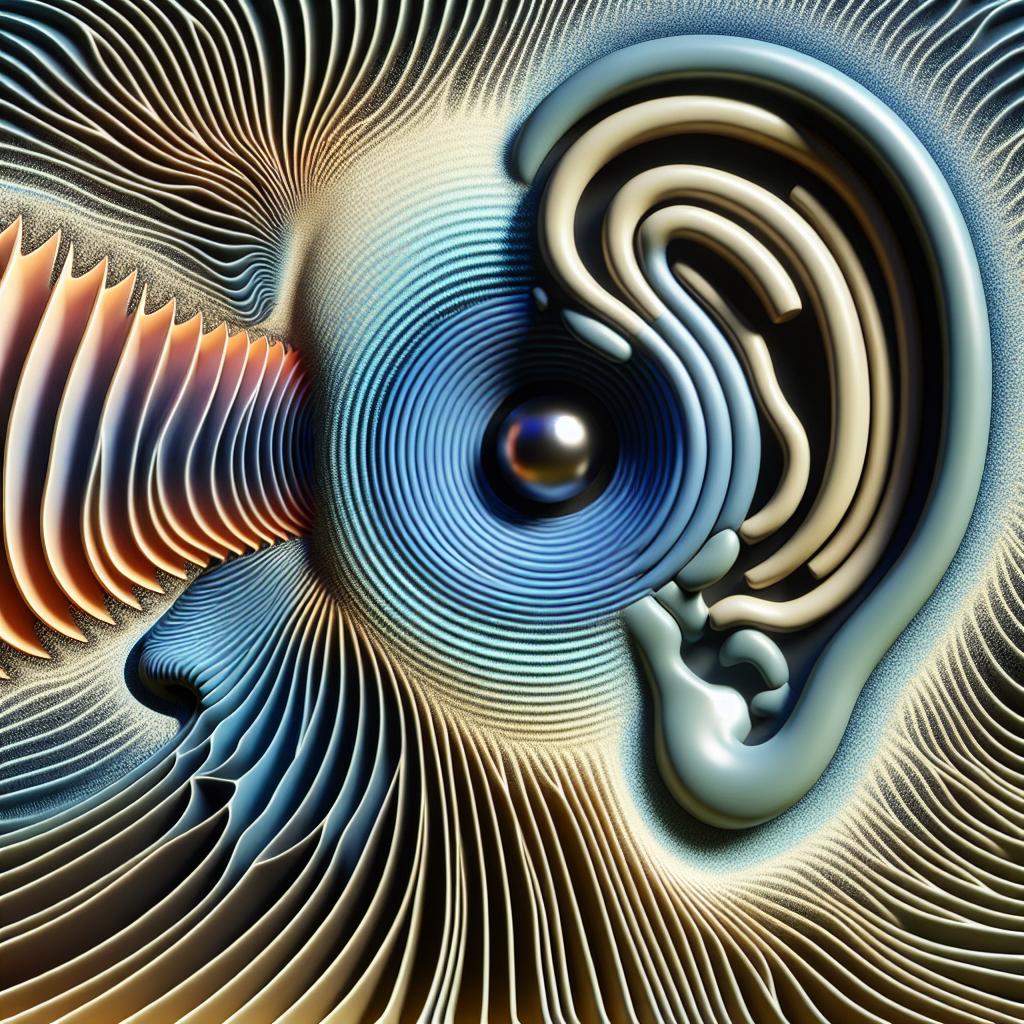Introduction: Have you ever noticed how your mind races during stressful moments? Your heart might beat faster, hands could get sweaty, but have you ever thought about how stress might affect your hearing? It turns out, the way we hear and pay attention to sounds around us can be dramatically altered when we’re under acute […]
Tag: Neuroimaging
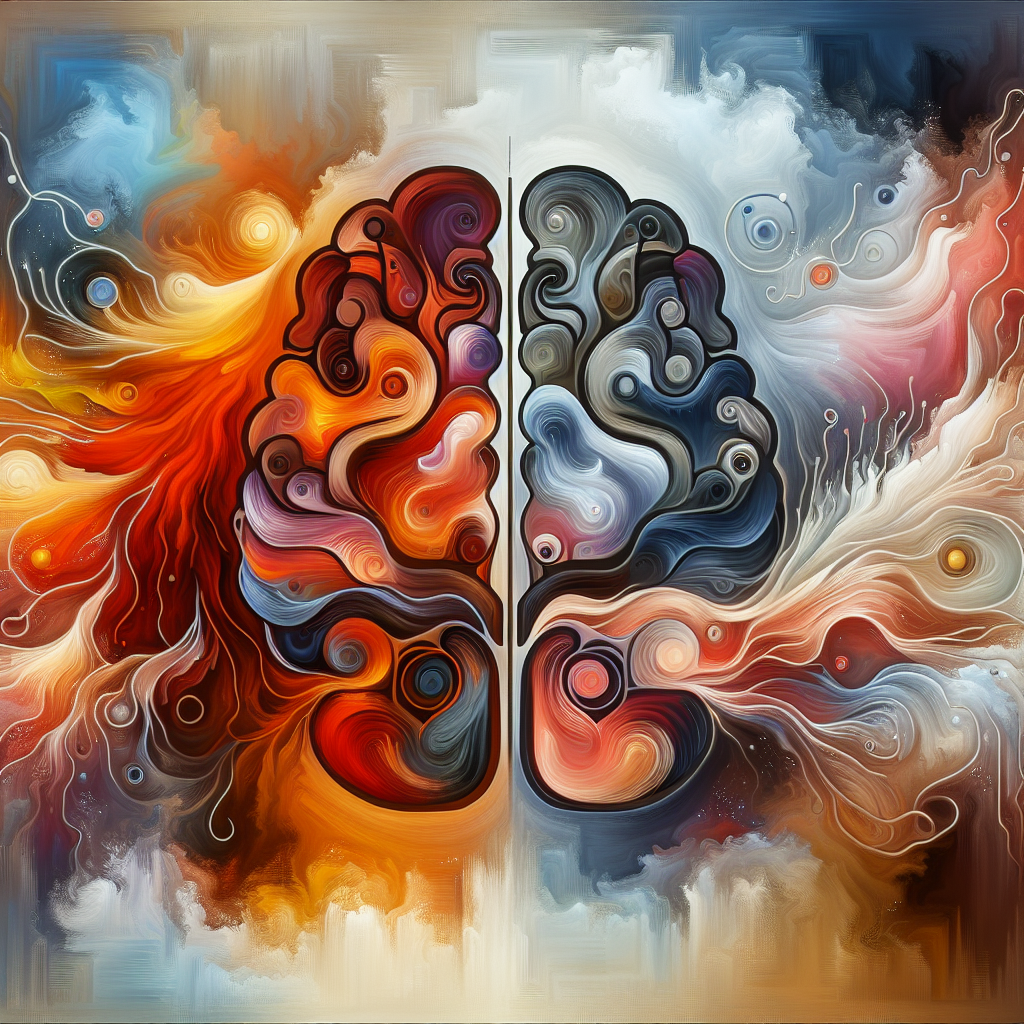
Unveiling the Brain’s Dual Conflicts: The Dance Between Emotion and Cognition
Introduction Imagine standing at a busy crossroad, faced with conflicting directions. One path is guided by your emotions, pulling you towards something you deeply desire. The other path is dictated by rational thought, urging caution and analysis. This tug-of-war between emotion and logic is a familiar scenario in many aspects of life, from personal decisions […]
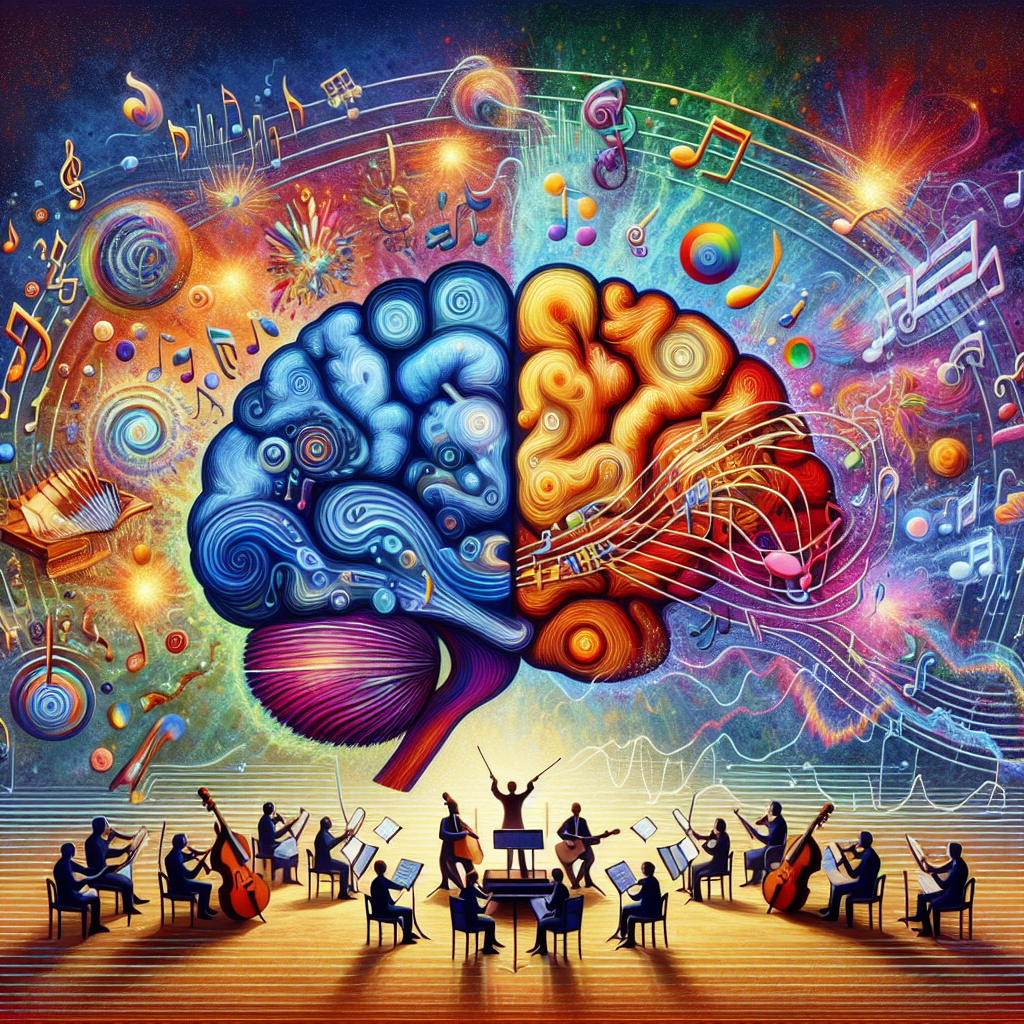
The Brain’s Symphony: Understanding Attention and ADHD Through EEG Waves
## Introduction Imagine your brain as an orchestra, constantly playing a symphony of electrical signals. These signals, or brain waves, play across various frequencies, just like musicians tuning instruments. Now, imagine if one section suddenly played out of sync. Could this be the case for individuals with ADHD, a condition marked by attention difficulties and […]
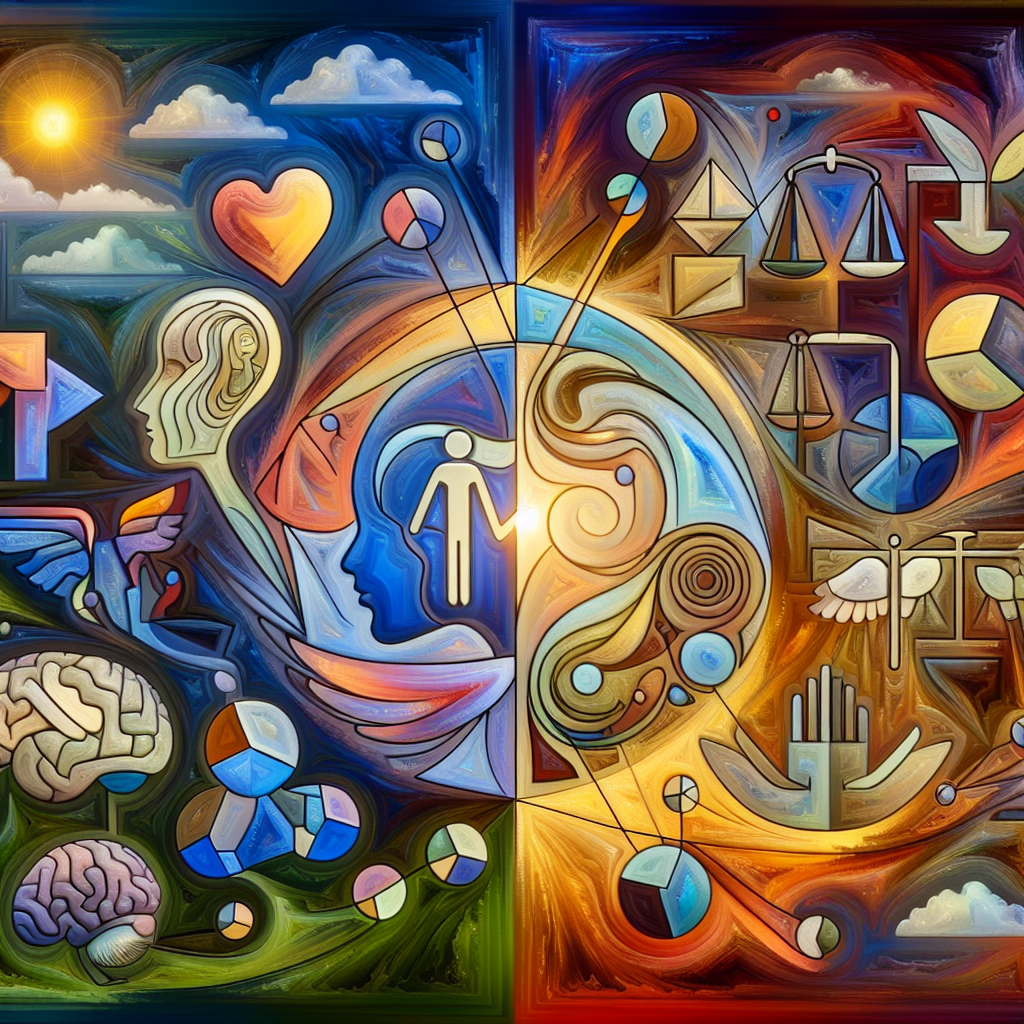
Mode of Effective Connectivity within a Putative Neural Network Differentiates Moral Cognitions Related to Care and Justice Ethics
“`plaintext Understanding the Brain’s Moral Compass Introduction Imagine you’re walking down a street and suddenly see a person in distress. Do you stop to help without thinking, or do you calculate whether you should get involved based on certain rules? This everyday scenario taps into a deep, complex network of moral cognition in our brains. […]
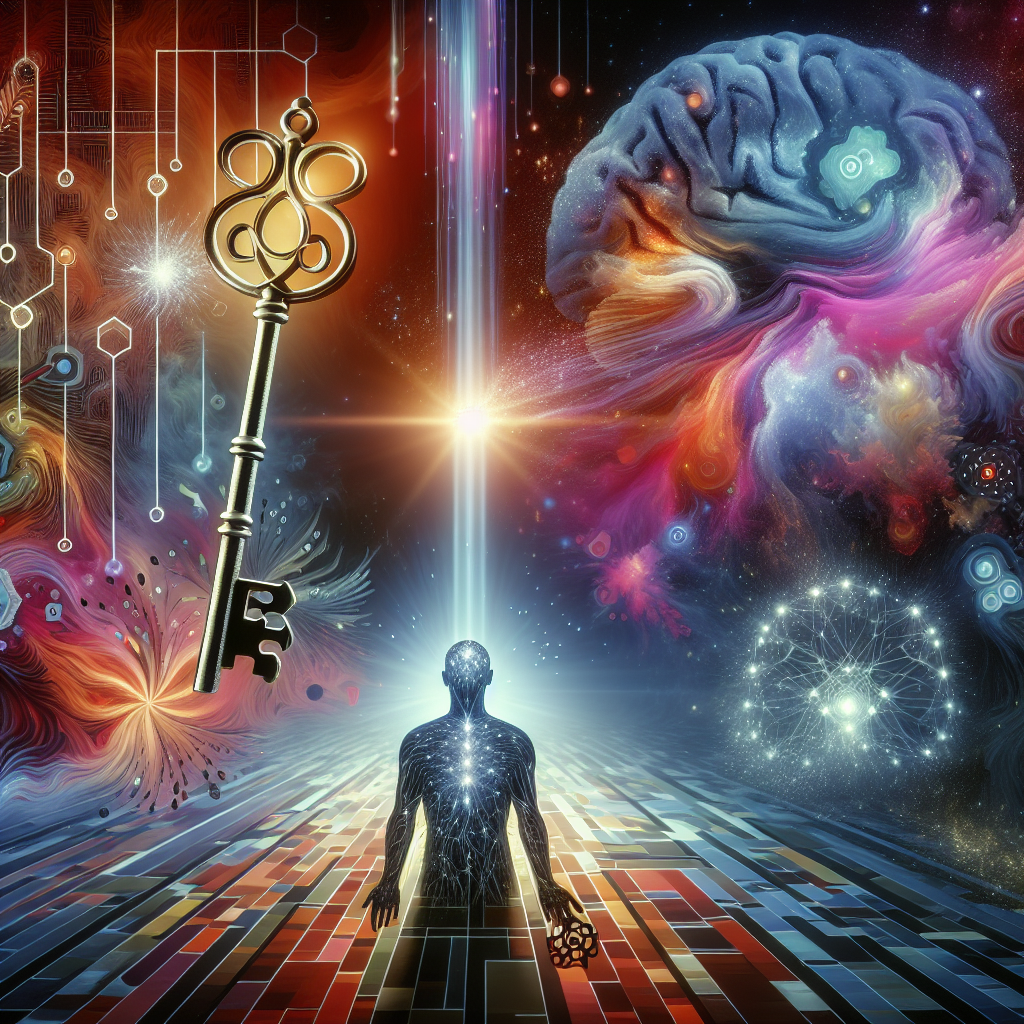
Unlocking New Dimensions in Pain Detection: A Neuro-Imaging Breakthrough**
Introduction: The Eternal Quest to Measure Pain For anyone who has ever felt the searing reality of post-surgical pain, the question persists: can this invisible torment be quantified in an objective way? Traditional pain assessment methods rely heavily on self-reported descriptions, often painting an incomplete picture. But imagine a future where the brain’s own markers […]
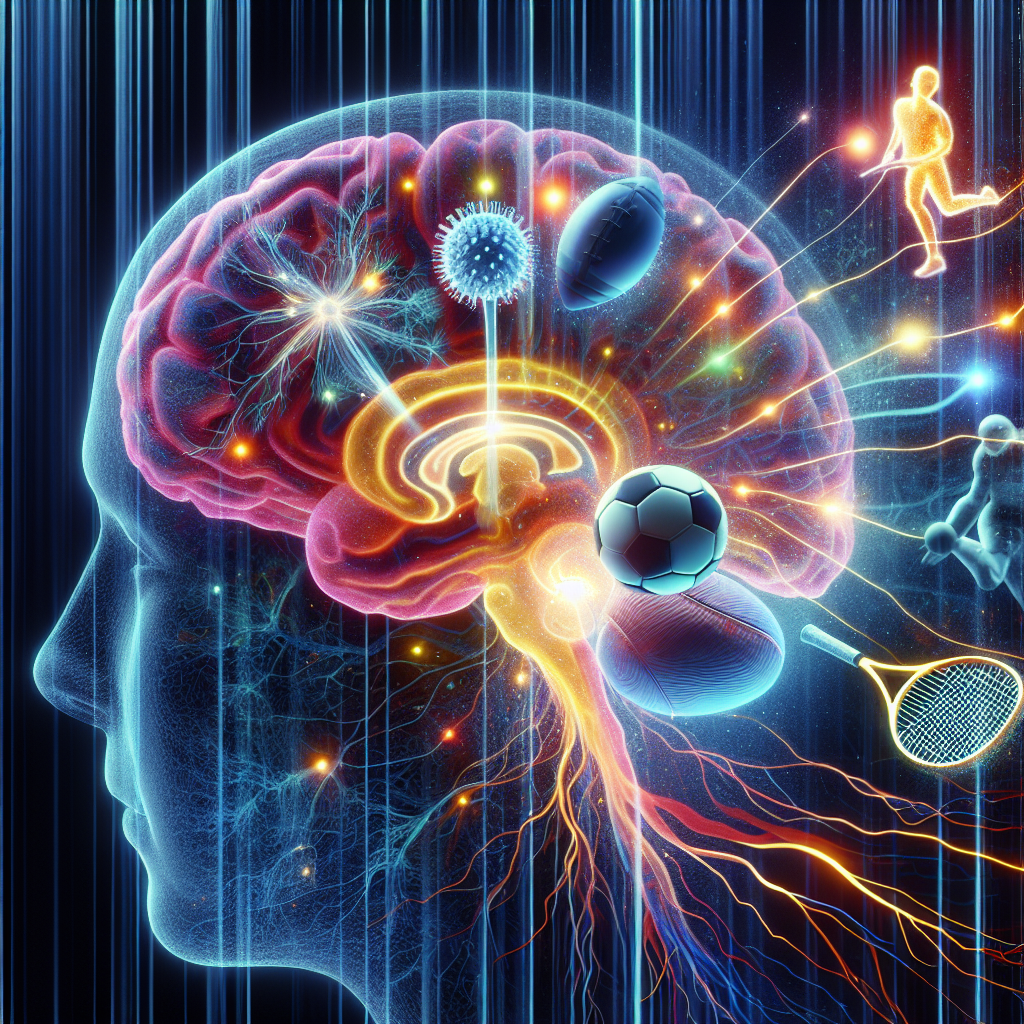
Diving into the Brain: Unraveling the Neurological Wonders of Sports Expertise
Introduction: Delving into the Mind of a Diver Imagine the precision and poise of an Olympic diver, springboard beneath them, water below. With every twist and turn in mid-air, their brain orchestrates a symphony of decisions and reflexes honed through years of practice. But what exactly happens in their brain that sets them apart from […]
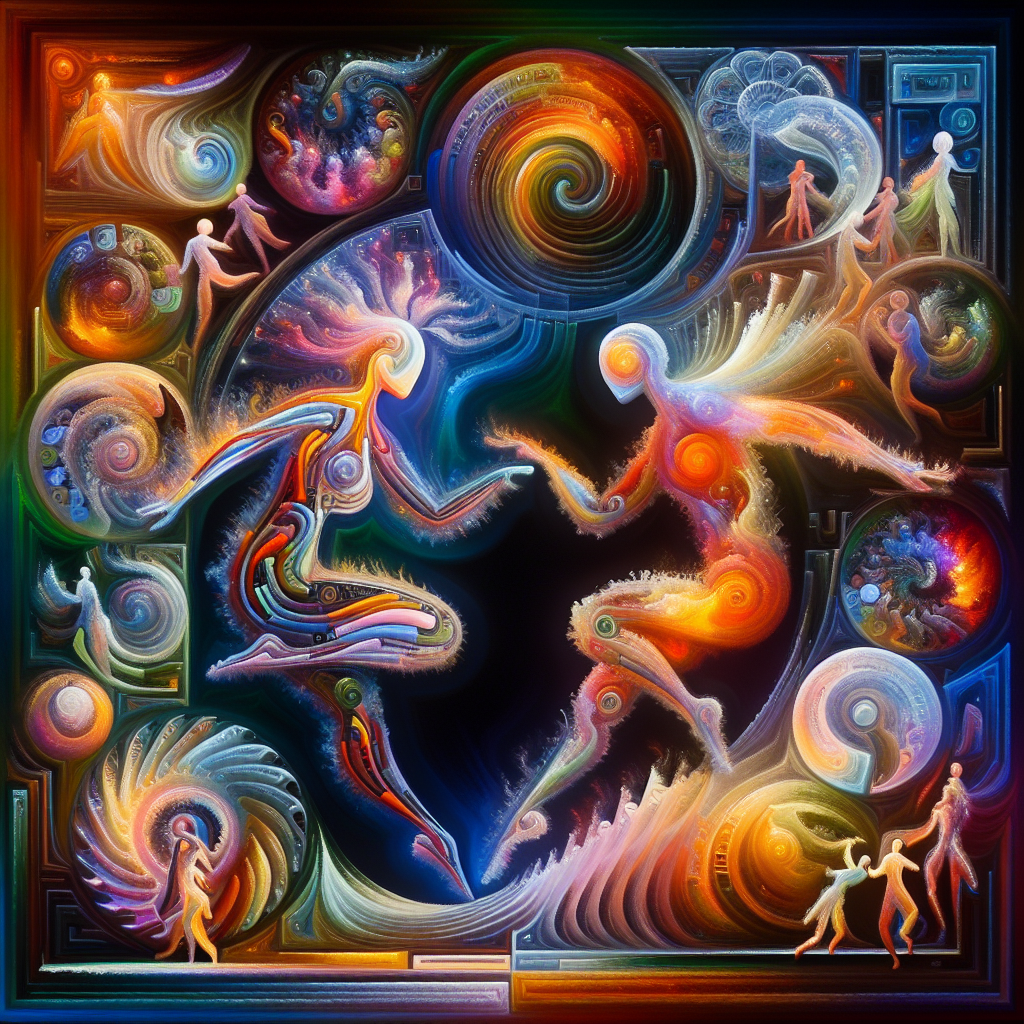
Visualization and Empathy: A Fascinating Dance of Mind and Imagination
Introduction: Peering into the Mind’s Eye Imagine being able to step inside someone else’s shoes, not just metaphorically, but in a way that your mind actively simulates their actions. This intriguing concept forms the heart of the research paper ‘The Relation between Self-Reported Empathy and Motor Identification with Imagined Agents’. Picture this: watching someone baking […]

Mapping the Anxiety Network: How Brain Connectivity Changes Drive Social Anxiety
Introduction: Journey into the Mind’s Hidden Corridors Imagine walking into a room full of strangers and suddenly feeling like all eyes are scrutinizing you. Your heart races, palms sweat, and an invisible wall of fear closes in. This dramatic response is not just nerves—it’s what millions of people with Social Anxiety Disorder (SAD) experience daily. […]

Unveiling the Emotional Powerhouse: How Our Brain Reacts to Passive Exposure to Dreaded Cues
Introduction: Decoding Our Emotional Brains Imagine sitting in a quiet room, waiting for a dentist’s drill to start buzzing—or standing in line at an amusement park, knowing a rollercoaster drop is imminent. These moments of anxiety are marked by a heightened sense of alertness, and deep within our brains, a small, almond-shaped structure—the **amygdala**—is hard […]
The Dopamine Dance: Revealing What L-DOPA Doesn’t Alter
Introduction Imagine being able to peek inside the mind’s mechanics and observe the invisible dance of neurotransmitters and receptors. This might sound like science fiction, but it’s a reality for researchers studying brain processes. A particular spotlight is on the compound dopamine, a key player in mood regulation, motivation, and motor control. In conditions like […]
